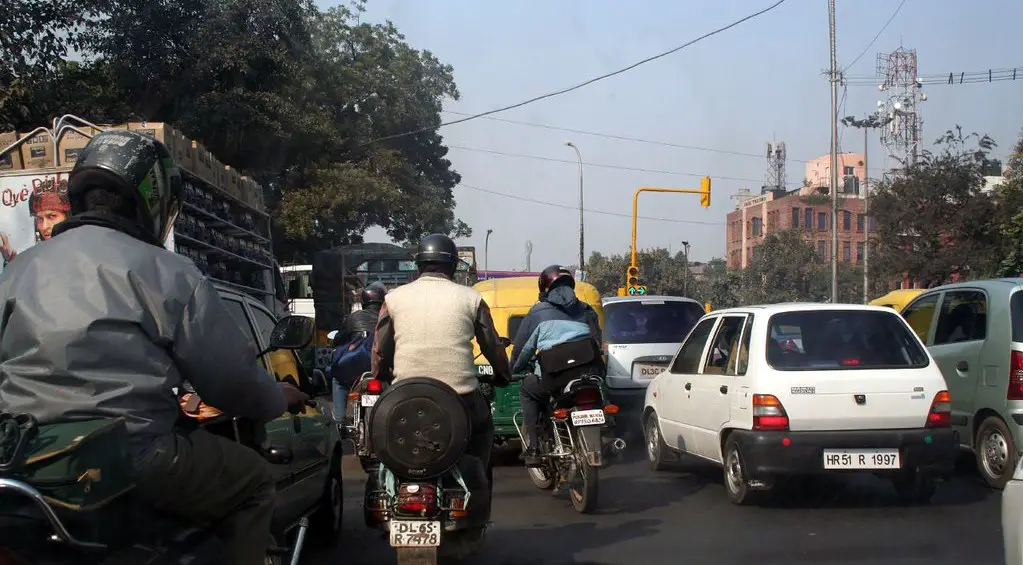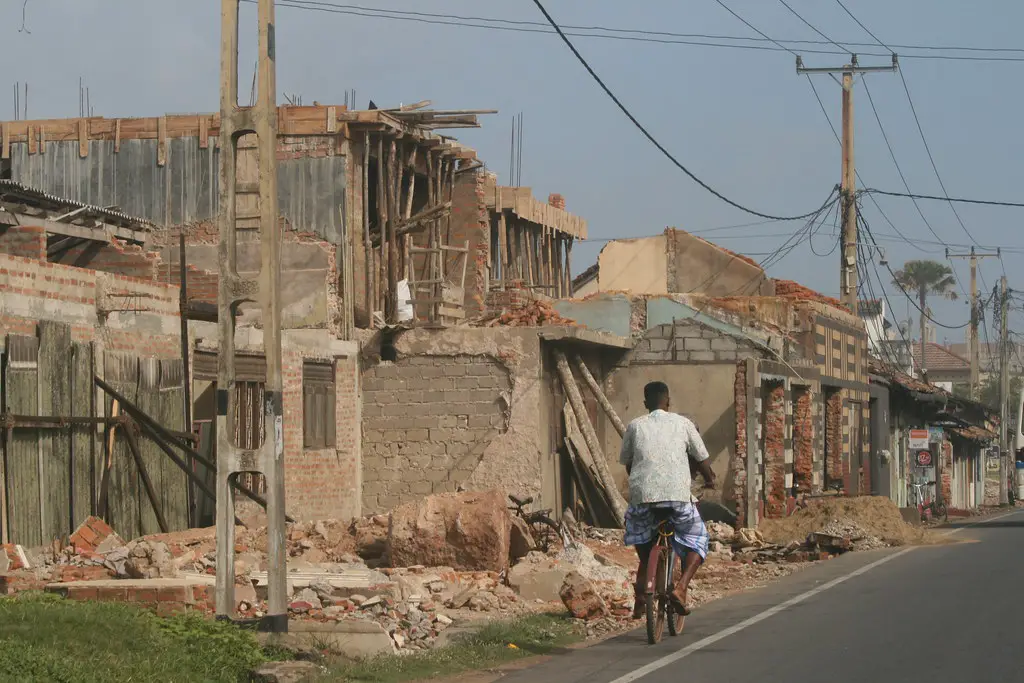The tale of modern day Dubai probably starts a bit before 1966, the year oil was discovered in the emirate. Forty-five years later the Dubai brand is defined by a series of “city building” projects that aimed to create a beautiful global city. These illustrative plans accelerated development and with the help of ‘oil money’ and ‘trade money’ built a contemporary dessert city in just a few decades.

Most notably, Dubai is home to the Burj Al Khalifa – the world’s tallest building. It’s so tall it’s almost impossible to fit in one shot.

The famed Burj Al Arab – a vessel-shaped 7-star hotel that stands on an artificial island is also located in Dubai, as is the man-made palm island – now one of the most exclusive residential neighborhoods of the city.

Those not lucky enough to live in either of these locations can always settle for one of the many resorts that line the shoreline with views to the Palm and the Burj Al Arab.
Dubai has a fairly sophisticated transportation system: a state-of-the-art metro system, solar-powered air-conditioned bus stops (some, not all), and a well-built road network. However, it also has its shortcomings, which my recent trip to the city demonstrated to me. Access to metro stations was not always clear. It was easy to see the station but it was not easy to see the access point, or even if there was a critical mass of people using the system. I was also perplexed by the road exit/off-ramp design. The designs used make it difficult to navigate the city. In Dubai, missing an exit or taking the wrong exit can become a longer detour than is necessary. I tried following the logic behind the design and the only thing I could rationalize is that the road layout looks great from a plane, but functionally it was, at times, a nightmare.
Once, when we wandered off the main expat communities and tourist zones, we got came across a few single-family home neighborhoods that resemble American suburbs in density and urban design. I do not always find American suburbs bland, but these neighborhoods truly were. They were devoid of activity on the street, and the only sounds to be heard were the car engines humming away at stoplights.

Jumeirah Beach Residence was my favorite neighborhood. It had the most street life, even during Ramadan, and there were always people at the cafes socializing and people watching. It feels like a real neighborhood where you can get out of your car and enjoy the warm summer night while strolling down the promenade of shops.


